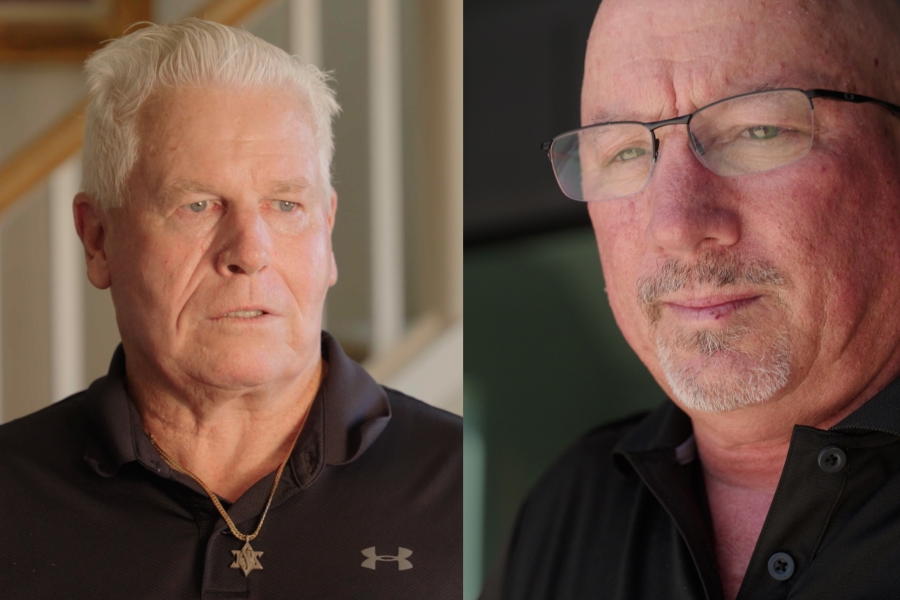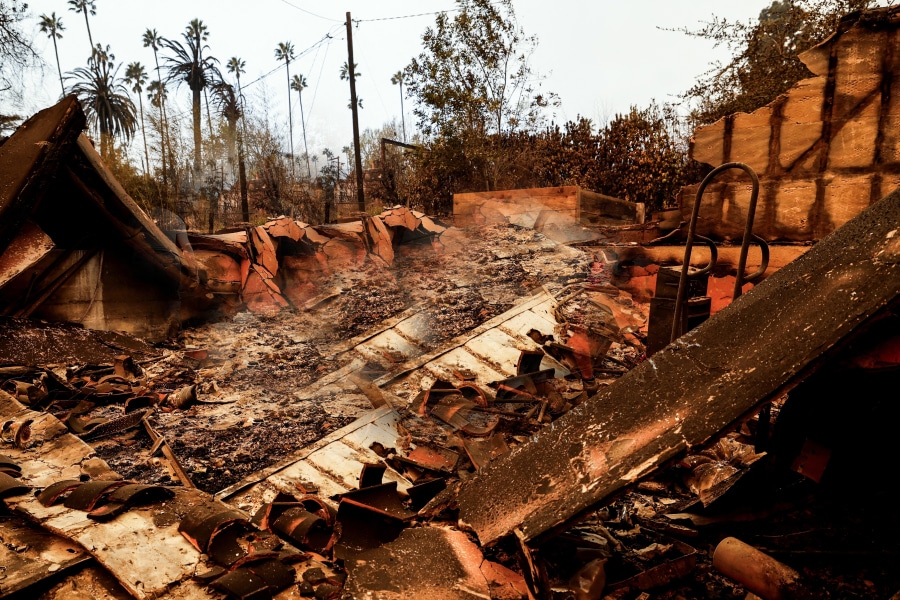In her decades-long career as a clinical psychologist focusing on suicide prevention and workplace wellness, Sally Spencer-Thomas has collaborated with any number of employers in a variety of industries all grappling with their workers’ mental health.
But one industry stands out in its efforts to take action, Spencer-Thomas said. With one of the highest suicide rates among occupations, according to the U.S. Centers for Disease Control and Prevention, the construction sector, compared to others she’s worked with, is moving quickly to tackle the problem, she said.
Among her many collaborations within the industry, Spencer-Thomas helped start Construction Working Minds, the nation’s first suicide prevention initiative for construction. And, with unions and construction companies in New York and Colorado, she’s been testing H.O.P.E. Certification, a new program that promotes employee mental health and suicide prevention.
“The construction industry is a problem-solving industry, and I’m so grateful for them just to be all in,” Spencer-Thomas said.
There’s work to be done, for sure. But the industry is taking action to support its workers through awareness, training and research, and it’s making a difference.
“Even if only 30% [of the industry gets] there, we will save thousands of lives,” she said. “This is a big, big, big population. And, of course, it’s not just the lives that were saved and that were impacted, but all of their loved ones. So that’s what gets me up and running every day. This is a tsunami of hope coming at us.”
Culture of toughness
Spencer-Thomas said her brother’s 2004 death by suicide was a wake-up call. While she was already working in the mental health field for 16 years, the tragedy hammered home two realities. There aren’t enough mental health providers adequately trained to help those at risk, and people are falling through the cracks.
At the time, fear and confusion were preventing workplaces from addressing mental health and wellness issues, she said. But we know much more about suicide than we did back then. In 2016, the CDC published its first industry-specific suicide numbers, which found that the construction industry has one of the highest suicide rates.
The industry ranks high in other mental health challenges as well. According to a 2023 report from the Center for Construction Research and Training, 14,200 construction workers died from drug overdoses in 2020 alone.
“It’s quickly becoming clear to a lot of people that we need to do something at work because work is the place that the people most at risk for suicide death are most likely to show up at,” Spencer-Thomas said.
In many ways, it shouldn’t be a surprise that the construction workforce is suffering. Middle-age white males, who dominate today’s construction workforce, have the highest suicide rates. And those in construction face extreme stressors on the job.
In a study that Spencer-Thomas conducted for the National Association of Home Builders and North Carolina Home Builders Association, pressure from deadlines, uncertainty of future work, long hours and fear of making mistakes were among the top stressors for respondents.
What’s more, Spencer-Thomas said, construction workers are often away from their family and friends for months at a time, possibly using drugs and alcohol to cope and constantly worrying about the next job or contract and stressing over finances. A culture of toughness and continuing stigma about mental health doesn’t help either.
“A lot of people over-medicalize suicide and say, ‘It’s a brain issue. If they just get treatment or get on the right medication, everything will be fine,’” she said. “But there’s a lot more to it.”
Culture of care
To support workers, awareness and training is important. Talking about suicide and mental health challenges, along with substance abuse and financial well-being are critical. But one-off toolbox talks aren’t enough, Spencer-Thomas said.
Building a “culture of care,” she said, requires a comprehensive strategy. Mental health awareness must be baked into the discussions employers have about health and wellness. Starting that journey requires actions like these.
Bold and vocal leadership
Company leaders lead culture shifts, and they must act boldly and vocally as they support their workforce, she said. That includes connecting their employees’ mental health to the company’s mission and sharing their own lived experience.
“It’s not like all leaders have to rip open their deepest, darkest secrets,” Spencer-Thomas said. “Just say, ‘Yeah, I’ve been impacted by this; who hasn’t?’ Normalize and validate people’s experiences around this.”
Focus on the work environment
In discussions around mental health, we often talk about “broken people,” Spencer-Thomas said. Get out of that narrative and start looking for what’s broken within the work environment. Is there bullying, hazing, harassment and discrimination on jobsites? Are there other parts of the job that make it difficult for people to thrive?
Spencer-Thomas also recommends conducting a mental health resource audit. Assign a group of employees to test your mental health benefits to find out if your employee assistance program actually has helpful resources or if your insurance covers enough local therapists. “That’s a very concrete, tangible thing that they can do that really will improve helping people get to the right resource,” she said.
Real stories
Research shows that when you have personal connections with people who have a stigmatizing condition, such as mental health challenges, you start to see the issue in a new light, Spencer-Thomas said. It can reduce the stigma as more people see individuals just like them who are struggling—and recovering. And it also can help the storyteller in their own journey, she said.
“When you have enough storytellers out there, and now they are coming forward, you start to see that people do recover, which is the norm,” she said. “People recover way more than they die … millions of people live through these things all the time.”
And that, she said, is empowering—and life-changing information—for all.
If you are having thoughts of suicide, call or text 988 to reach the 988 Suicide and Crisis Lifeline or go to SpeakingOfSuicide.com/resources for a list of additional resources.











